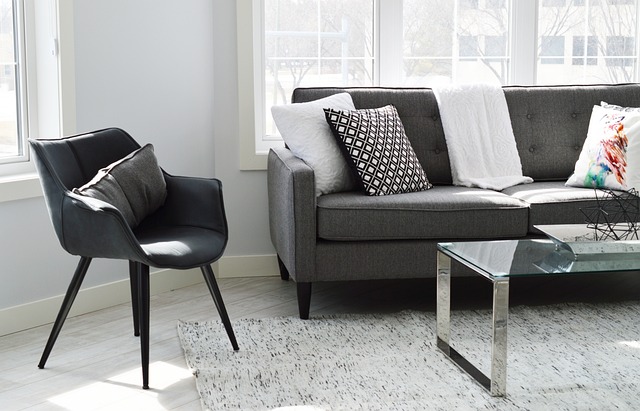Sofa Covers: Guide to Slipcovers, Care, and Styling
Sofa covers are a practical way to refresh seating, protect upholstery, and adapt a room’s look without replacing furniture. Whether you’re dealing with pets, children, frequent entertaining, or an aging sofa, slipcovers can extend the life of a couch and help maintain a cleaner home environment. This guide explains how covers work, what fabrics and fits to consider, how they interact with room styling, and basic maintenance tips so you can choose an option that suits both function and form.

How do sofa covers protect upholstery?
A sofa cover creates a barrier between everyday use and the sofa’s original fabric or leather. Covers protect against spills, stains, pet hair, sunlight fading, and abrasion from regular use. For older sofas with wear or discoloration, a well-fitted cover can conceal imperfections while preventing further damage. Removable covers are especially useful because they allow regular washing or spot treatments, preserving the underlying furniture and delaying the need for reupholstery or replacement.
What should you know about covering a couch?
When selecting a cover for a couch, assess the couch’s shape, size, and arm style. Standard slipcovers work well for square-armed or straight-backed couches, while stretch slipcovers fit a range of shapes but can look tight on deeply cushioned or tufted designs. Measure seat depth, back height, and overall length to choose the right size. Consider whether you want a tailored appearance or a relaxed draped look; tie-down straps and foam inserts can improve fit and prevent shifting during use.
What materials suit furniture protection?
Material choice affects durability, feel, and maintenance. Natural fibers like cotton and linen are breathable and comfortable but can stain or wrinkle more easily. Synthetic blends (polyester, microfiber) often resist stains, dry quickly, and handle frequent washing. For homes with pets or heavy traffic, tighter weaves and high-denier fabrics provide better abrasion resistance. Waterproof or water-resistant treatments add spill protection, but check breathability to avoid trapping moisture. Also consider colorfastness and laundering instructions to avoid shrinking or fading.
How to choose a slipcover fabric?
Selecting slipcover fabric involves balancing aesthetics, function, and care. Start with how the room is used: durable, easy-care fabrics for family rooms; softer, textured fabrics for formal spaces. Color and pattern affect perceived size and wear: darker, patterned covers hide stains better, while light solids brighten a room but require more frequent cleaning. Evaluate fabric samples in the room’s lighting and against other furniture. Lastly, check the manufacturer’s care label—machine-washable covers simplify upkeep, while dry-clean-only fabrics add ongoing maintenance costs.
Can sofa covers change home decor style?
Sofa covers are a flexible styling tool for home decor, allowing seasonal updates or a complete style shift without buying new furniture. A neutral slipcover streamlines a busy room and coordinates with varied accent pieces; a bold color or patterned cover becomes a focal point. Textured slipcovers (e.g., chenille, woven cotton) add depth while smooth microfiber offers a modern, minimalist look. Consider layering with cushions, throws, or slipcovered slip-on armrests to tie the covered sofa into the broader color palette and materials of the room.
Conclusion
Sofa covers and slipcovers offer an accessible way to protect furniture, update decor, and extend the useful life of a couch. The best choice depends on how the piece is used, your preferences for fit and maintenance, and the room’s aesthetic. By measuring accurately, selecting an appropriate fabric, and following care instructions, you can keep seating functional and visually integrated within your home decor for years.






